Let me tell you about the time I left my beautiful patio cushions outside during a particularly nasty winter. When spring rolled around, what I found wasn't pretty – mold, mildew, and fabric that looked like it had aged 10 years in just a few months. That expensive mistake taught me everything I needed to know about properly storing outdoor cushions, and I'm here to share those hard-earned lessons with you.
Whether you've invested in quality outdoor cushions or you're planning to upgrade your patio setup, knowing how to store them properly can literally save you hundreds of dollars. Trust me, I've been there, and replacing an entire set of cushions because of improper storage is not fun for your wallet!
Why Proper Storage Matters More Than You Think
Here's the thing – outdoor cushions face a lot more challanges than their indoor counterparts. Sun, rain, snow, bird droppings (yes, we need to talk about those), and even that morning dew all take their toll. Without proper storage, you're basically letting Mother Nature use your cushions as her personal stress ball.
The Real Cost of Poor Storage:
- Mold and mildew growth (eww!)
- Faded colors that make your patio look tired
- Weakened fabric that tears easily
- Permanent stains and odors
- Shortened lifespan (we're talking years, not decades)
Pre-Storage Prep: The Foundation of Success
Before you even think about tucking those cushions away, there's some prep work involved. I learned this the hard way when I stored slightly damp cushions and came back to a science experiment growing in my garage.
Step 1: Deep Clean Like You Mean It
Start with a thorough cleaning. Mix warm water with a gentle detergent (I use about 1/4 cup per gallon), and grab a soft-bristled brush. Work in circular motions, paying extra attention to any stains or high-traffic areas. For stubborn spots, a mixture of vinegar and water works wonders.

Step 2: The Drying Game
This is where most people mess up. Your cushions need to be bone dry – and I mean BONE DRY. Even a tiny bit of moisture can lead to mold growth during storage. On a sunny day, prop them up at an angle (I use chairs) so air can circulate on both sides. Flip them every hour or so. If you're in a humid climate, consider using a fan to speed things up.
Storage Solutions That Actually Work
Now for the fun part – where and how to store these bad boys. Over the years, I've tried everything from garbage bags (spoiler: terrible idea) to custom-built storage solutions. Here's what actually works:
Indoor Storage Options
If you've got the space, indoor storage is your best bet. A dry basement, garage, or even a closet can work perfectly. The key is finding a spot that's:
- Dry (humidity under 60% is ideal)
- Cool but not freezing
- Away from direct sunlight
- Protected from pests
Outdoor Storage Solutions
Not everyone has indoor space, and that's okay! A good outdoor storage solution can work just as well:

The Art of Packing: It's Not Just Stuffing Them In
How you pack your cushions matters almost as much as where you store them. I've seen people literally throw cushions into storage, then wonder why they come out looking like wrinkled raisins.
Smart Packing Techniques
- Use breathable covers: Cotton storage bags or old bedsheets work great. They protect from dust while allowing air circulation.
- Don't overstuff: Cramming 20 cushions into a tiny space creates permanent creases and damages the filling.
- Stack smartly: Place larger, flatter cushions on bottom, smaller ones on top. Think Tetris, but gentler.
- Add protection: Cedar blocks or lavender sachets deter pests and keep things smelling fresh.
Ready to Upgrade Your Outdoor Cushions?
Sometimes, despite our best efforts, it's time for new cushions. Check out our durable, weather-resistant options designed to last!
Shop Custom Outdoor CushionsSeasonal Storage Strategies
Your storage needs might vary depending on where you live. In Florida, you might only need to store cushions during hurricane season. In Minnesota, you're looking at a solid 6-month storage period. Here's how to adapt:
Short-Term Storage (1-3 months)
For brief storage periods, you can be a bit more relaxed. A covered porch with cushions in breathable bags might suffice. Just ensure they're elevated off the ground and protected from rain.
Long-Term Storage (4+ months)
This requires the full treatment. Deep clean, thorough drying, proper containers, and climate-controlled storage if possible. Consider checking on them mid-season – a quick inspection can catch any issues early.

Common Storage Mistakes (I've Made Most of Them)
Let's talk about what NOT to do. I've made plenty of mistakes over the years, and I'm sharing them so you don't have to repeat my expensive lessons:
The "It Looks Dry" Mistake
Just because a cushion feels dry on the outside doesn't mean the interior is moisture-free. Those thick deep seat cushions especially need extra drying time.
The Basement Disaster
Storing cushions in a damp basement is asking for trouble. If your basement is your only option, invest in a dehumidifier or moisture-absorbing products.
The Compression Crisis
Vacuum-sealing might save space, but it can permanently damage the fill material. Your fluffy cushions might never fully recover their shape.
The "One Size Fits All" Approach
Different materials need different care. Sunbrella fabric can handle more than cotton blends. Know your materials!
Featured Outdoor Cushions Built to Last
Special Care for Different Cushion Types
Not all cushions are created equal, and different types need different storage approaches. Let me break it down:
Tufted Cushions
These beauties with their button details need extra care. Store them flat when possible to prevent the tufts from pulling or distorting. If you must stack them, alternate the direction of the tufts.
Foam vs. Fiberfill
Foam cushions can develop permanent impressions if stored wrong. Keep them flat or standing on edge, never folded. Fiberfill is more forgiving but still benefits from proper storage.
Water-Resistant vs. Regular Fabric
Even water-resistant fabrics need to be completely dry before storage. That coating doesn't make them immune to mold – it just buys you more time between rain and storage.

The Spring Revival: Bringing Cushions Back to Life
When storage season ends and it's time to bring those cushions back out, don't just throw them on the furniture and call it a day. A little spring prep goes a long way:
- Air them out: Let cushions breathe in fresh air for a few hours before use
- Fluff and reshape: Massage the filling to redistribute it evenly
- Quick clean: A light cleaning removes any storage dust
- Inspect carefully: Check for any signs of damage or unwanted guests
Spring Bonus Tip: This is the perfect time to apply a fabric protector spray. It'll help your cushions resist stains and moisture throughout the season!
When Storage Isn't Enough: Know When to Replace
Sometimes, despite our best storage efforts, cushions reach the end of their life. Here are signs it's time for new ones:
- Persistent mold or mildew smell that won't go away
- Fabric that's breaking down or tearing easily
- Filling that won't fluff back up
- Stains that have become part of the fabric's DNA
- When cleaning and storage take more effort than they're worth
Remember, quality cushions that are properly cared for should last 5-7 years or more. If yours are failing after just a season or two, it might be time to invest in better quality options.
Transform Your Outdoor Space with Cushions That Last
Don't let poor storage ruin another set of cushions. Invest in quality that's worth protecting!
Explore Our CollectionFinal Thoughts from One Cushion Lover to Another
Proper cushion storage isn't rocket science, but it does require some attention to detail. The time you invest in storing them correctly will pay off when you unpack fresh, clean, mold-free cushions next season. Trust me, your future self (and your wallet) will thank you.
I've learned these lessons through trial, error, and more moldy cushions than I care to admit. But now my outdoor cushions last for years, looking almost as good as the day I bought them. With these storage tips, yours can too!
Remember, good cushions are an investment in your outdoor comfort. Treat them right during the off-season, and they'll reward you with years of comfortable lounging. Now if you'll excuse me, I need to go check on my cushions in storage – it's been a month since my last inspection!


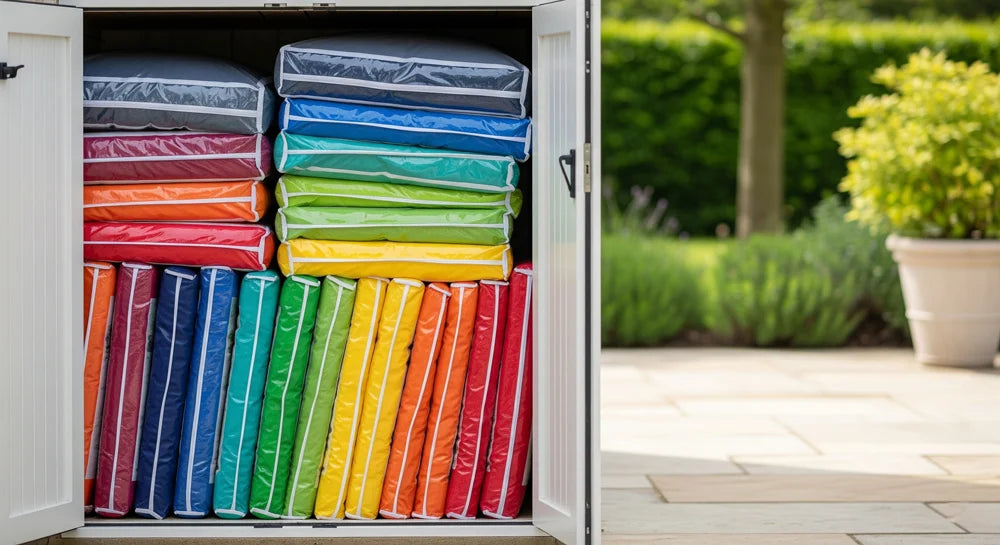
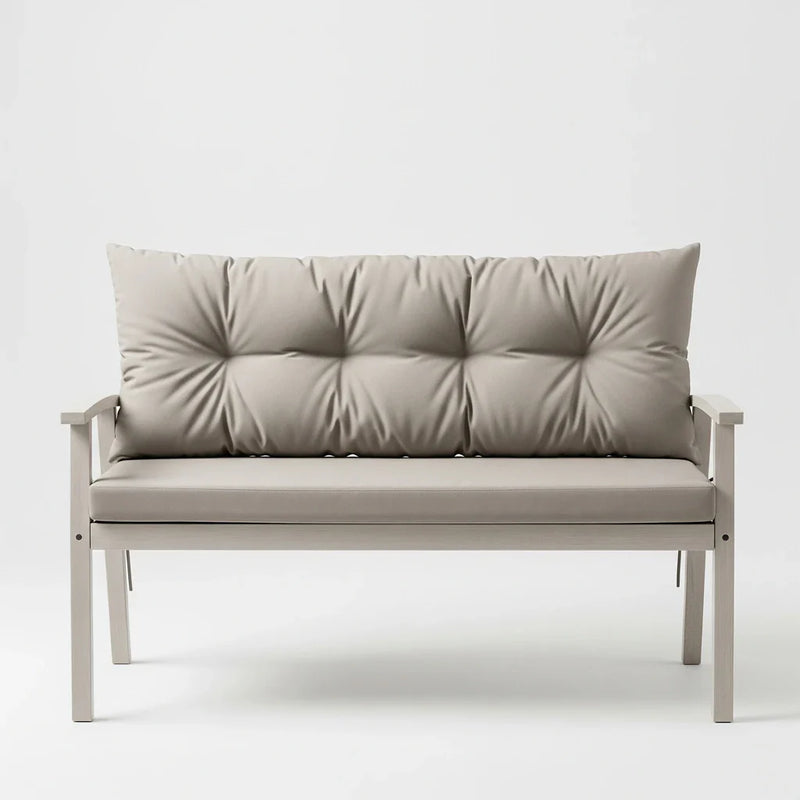


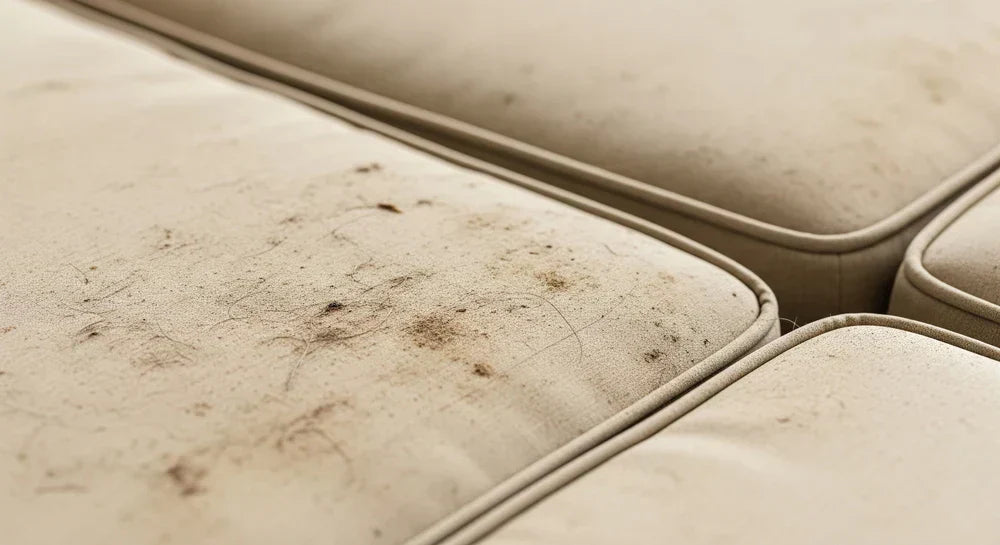
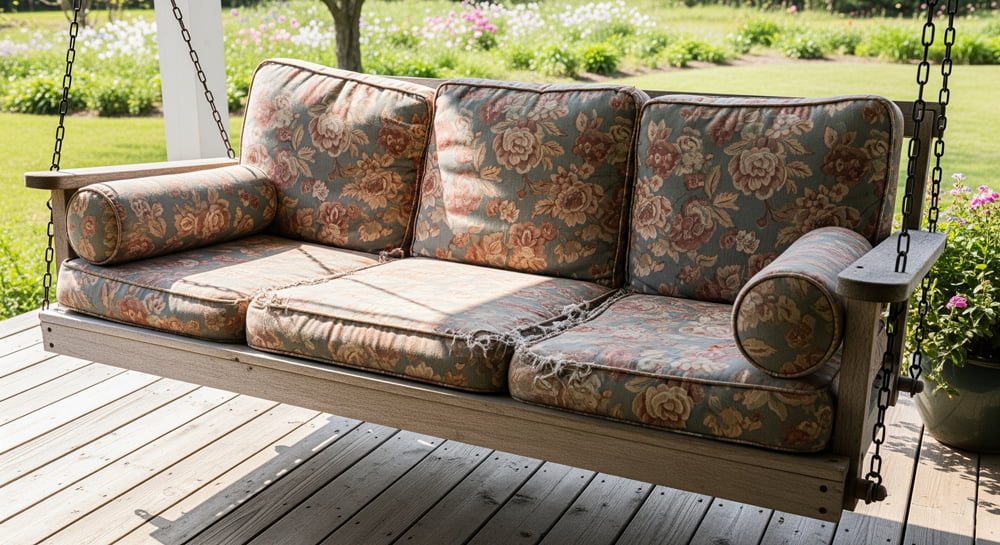
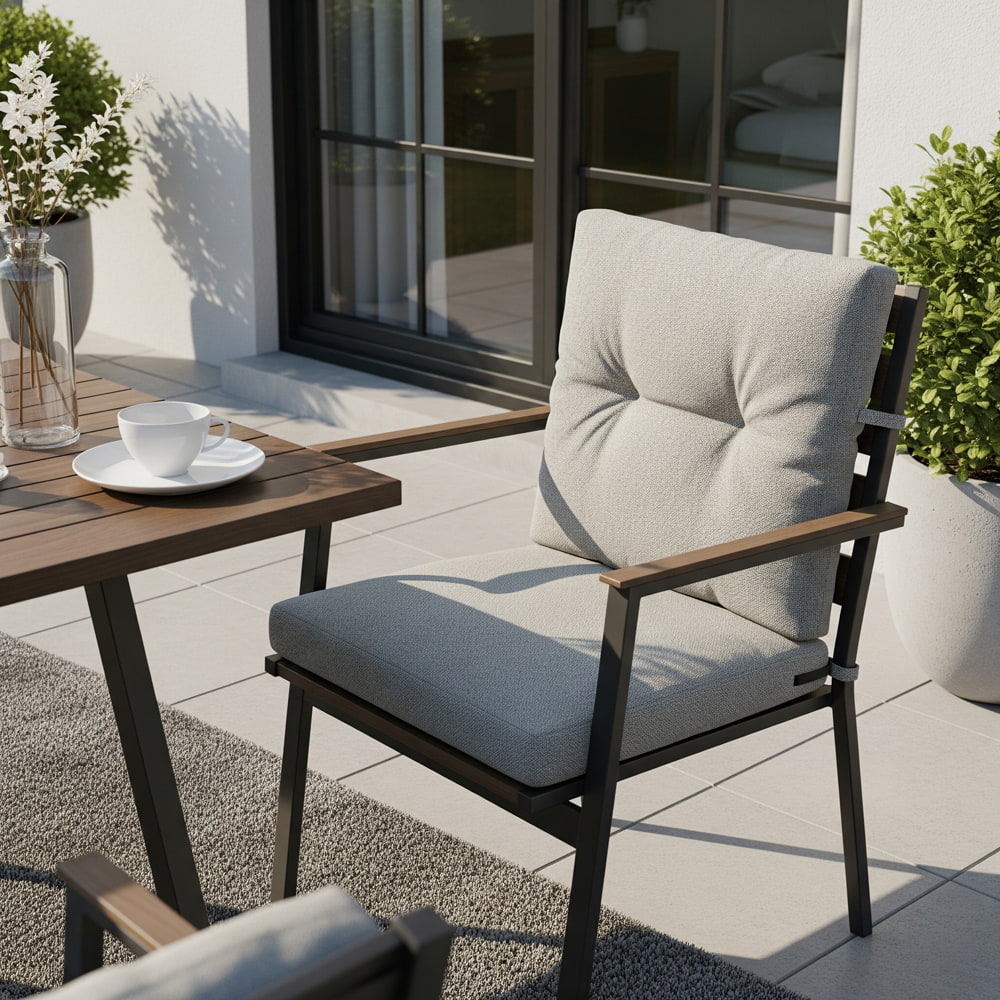
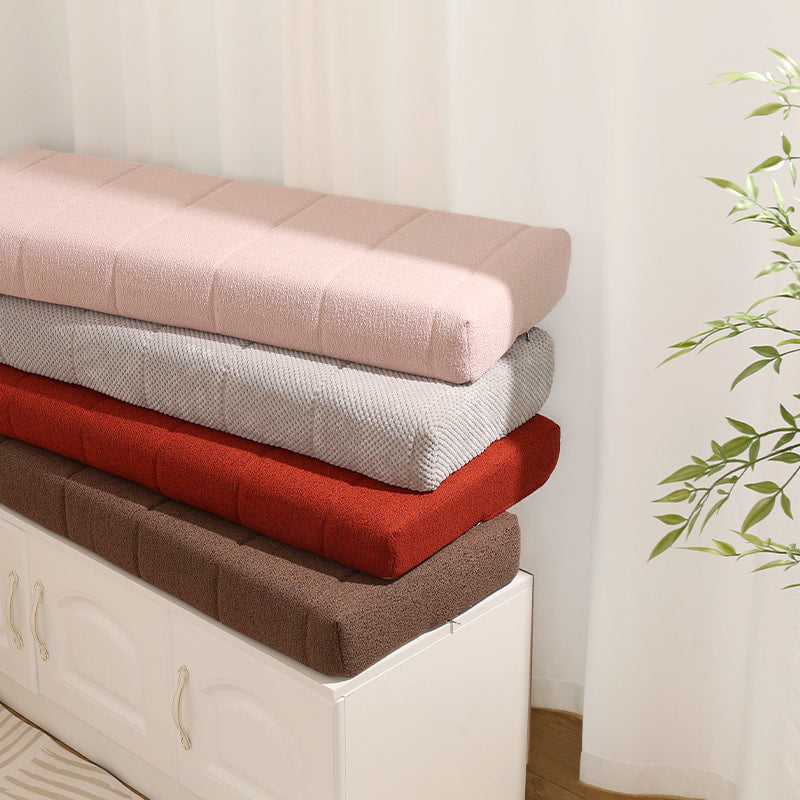

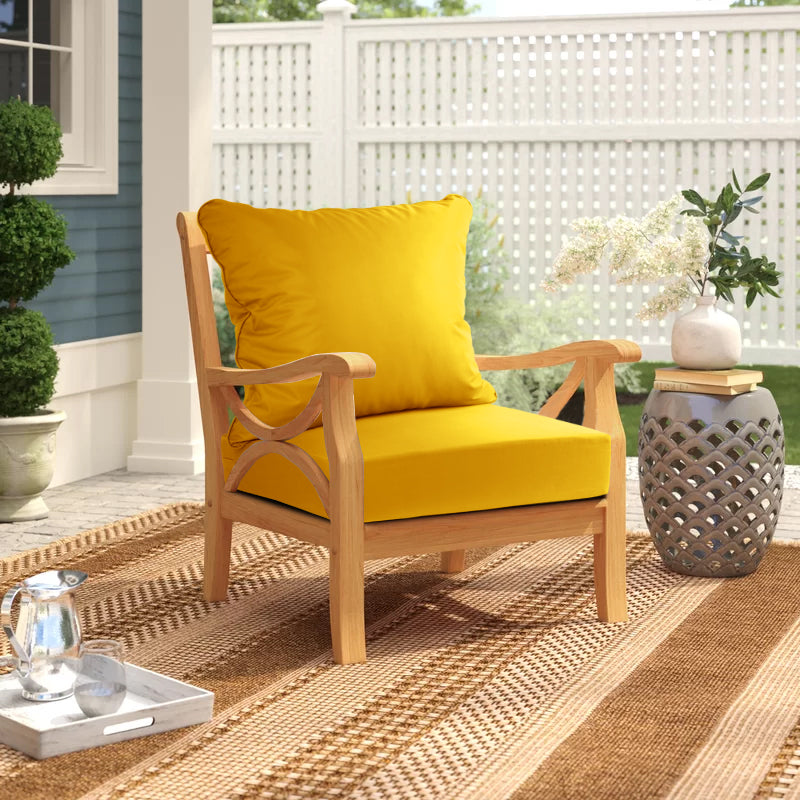
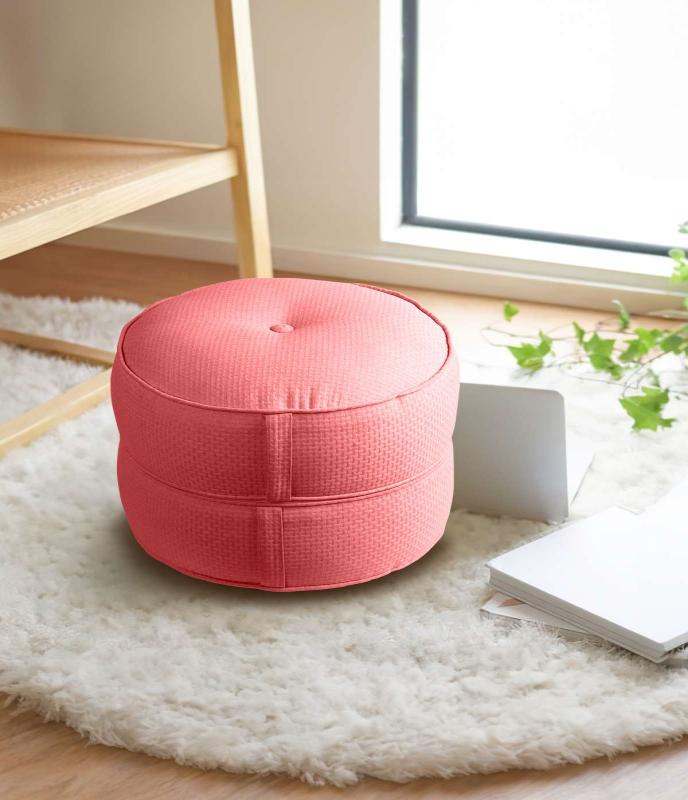

Leave a comment
All comments are moderated before being published.
This site is protected by hCaptcha and the hCaptcha Privacy Policy and Terms of Service apply.